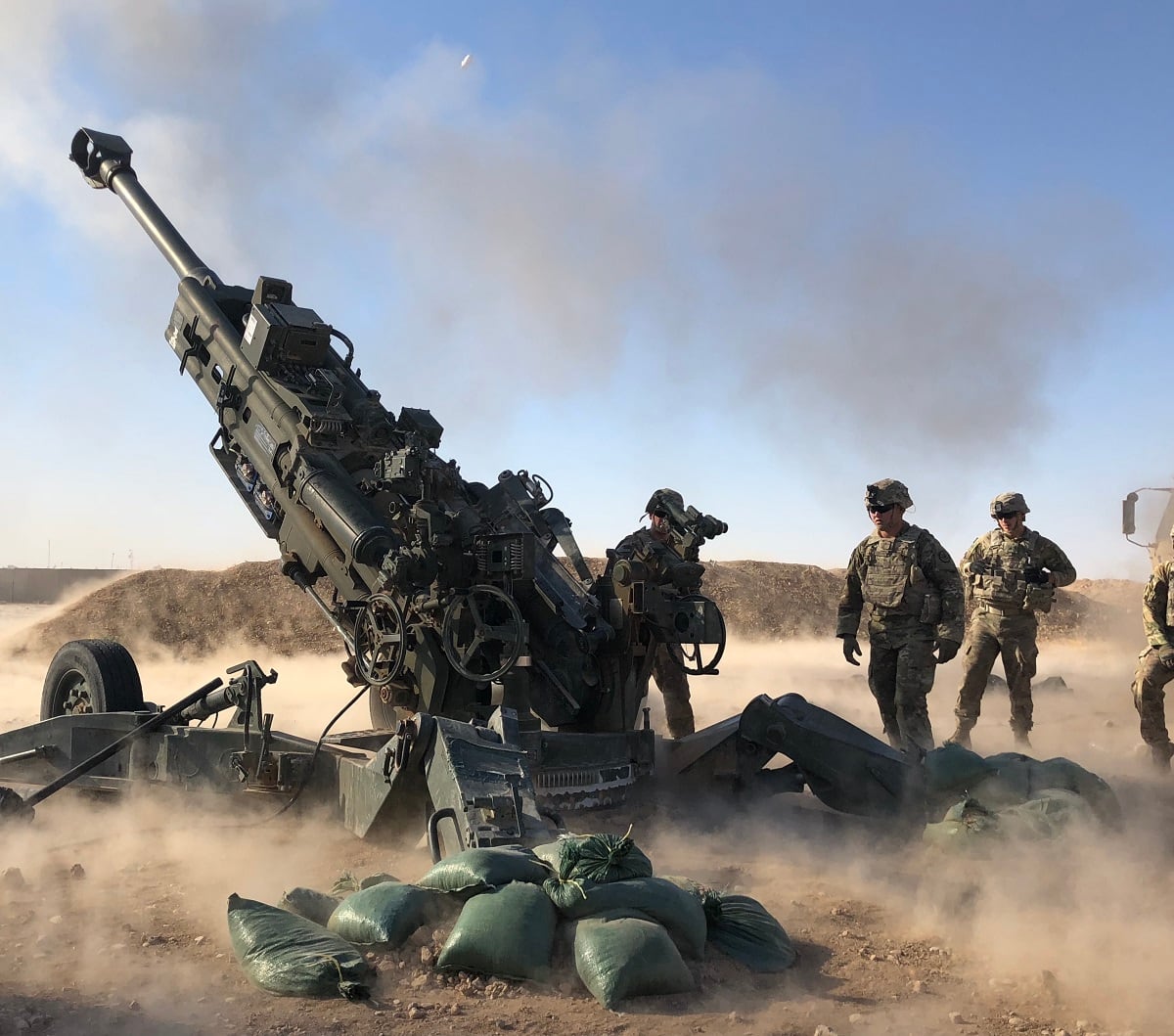New vehicles, helicopters and missile systems may grab headlines as the Army makes big moves to modernize the force, but for every new system, there will be a need soldiers for to man it, and that means new units.
Some of those units have been established or are being built, such as the Security Force Assistance Brigades or Multi-Domain Task Forces. But others might center around the up-and-coming technologies now being developed, said Army Chief of Staff Gen. James McConville.
Just as past soldiers first filled the ranks of Patriot Missile Batteries when they came online, so too might a future soldier fall into formation as a member of a Hypersonic Artillery unit or a Precision Strike Missile Battery.
RELATED

During a talk at the Center for a New American Security on Wednesday, McConville pointed to historical shifts in how the Army fought previous wars and the units that emerged from those shifts in the 1980s.
He then pointed to specially created formations doing the work of implementing new Army concepts and ongoing missions in recent years, and pulling back the curtain on units that may form around the technology now being developed.
“In the 1980s we came out with Air Land Battle, it was the new way we were going to fight. And we came out with new units,” McConville said.
The Ranger battalions, the 160th Special Operations Aviation Regiment, some special operations units and combat training centers came out of that, he added.
These new additions go beyond just units, McConville said. The combat training centers such as the Joint Readiness Training Center at Fort Polk, Louisiana, and the National Training Center at Fort Irwin, California, also came out of that 1980s shift.
Shifting to present day, the chief said developments start with the warfighting concept of Multi-Domain Operations. From that, the Army has formed MDO Task Forces both for the Pacific and European regions.
Those MDTFs find ways to combine domains for electronic, cyber and long-range precision fires that best penetrate adversaries’ defenses or continue to probe their defenses to prevent conflict.
Some of that will be housed within the MDO Task Forces or at the disposal of the task force, using the combined domains along with long-range fires and other not-yet-created units.
"[I]t’ll also have the capability to do long-range precision fires and whether that has hypersonic batteries, whether that has (precision strike missile) batteries that can sink ships, we will determine based on mission requirements,” McConville said.
At the same time, current commitments remain a priority, which is what led to the creation of the SFABs. The Army plans to have a total of five on the active side and a sixth within the Army National Guard.
This round won’t see the emergence of massive new complexes like in the 80s, but instead the use of simulators, virtual reality and augmented reality in synthetic training environments. Those that can be deployed down to the individual squad, platoon or company at home station to work on various levels of combat training.
Todd South has written about crime, courts, government and the military for multiple publications since 2004 and was named a 2014 Pulitzer finalist for a co-written project on witness intimidation. Todd is a Marine veteran of the Iraq War.




